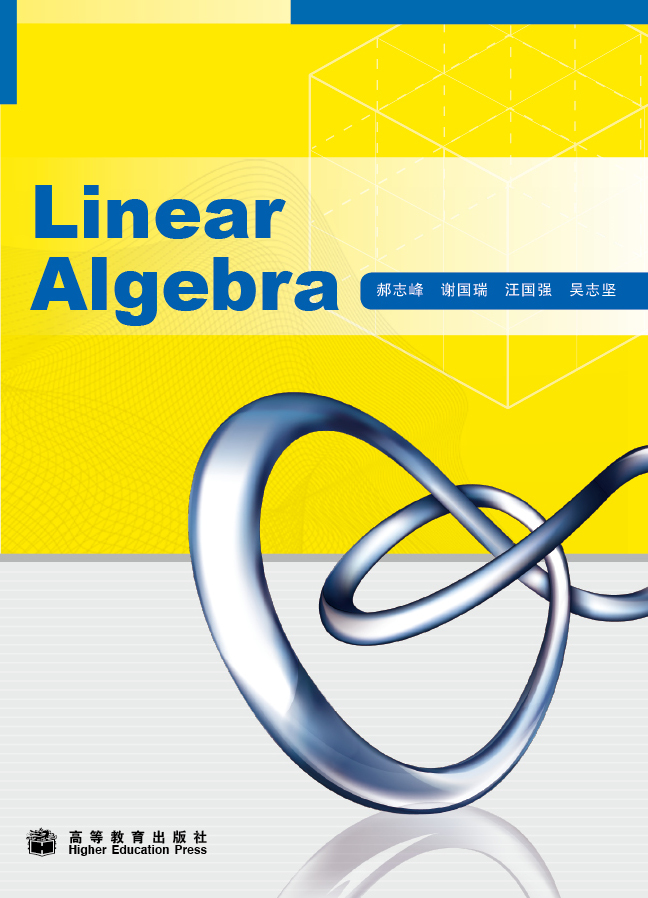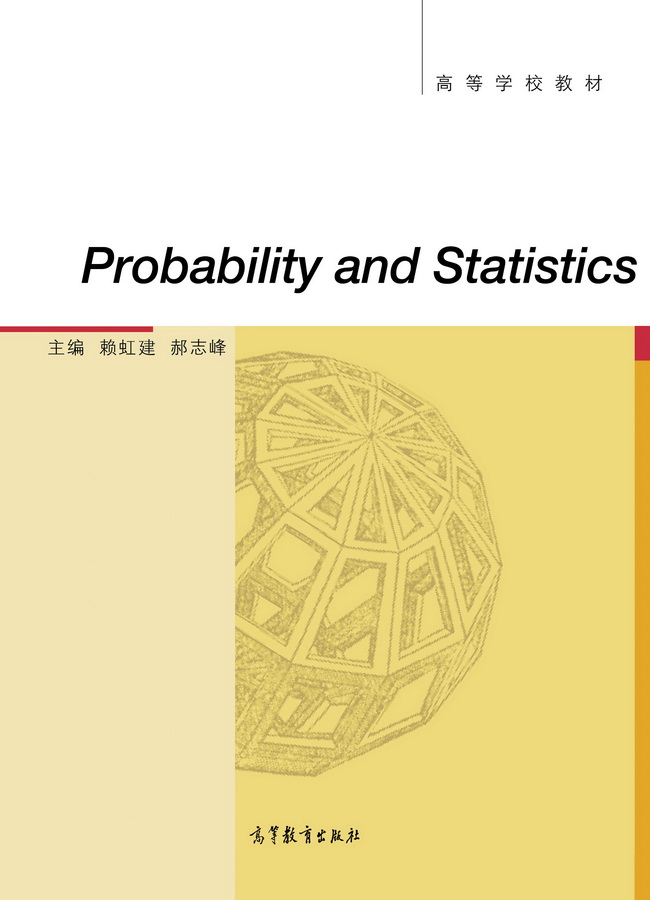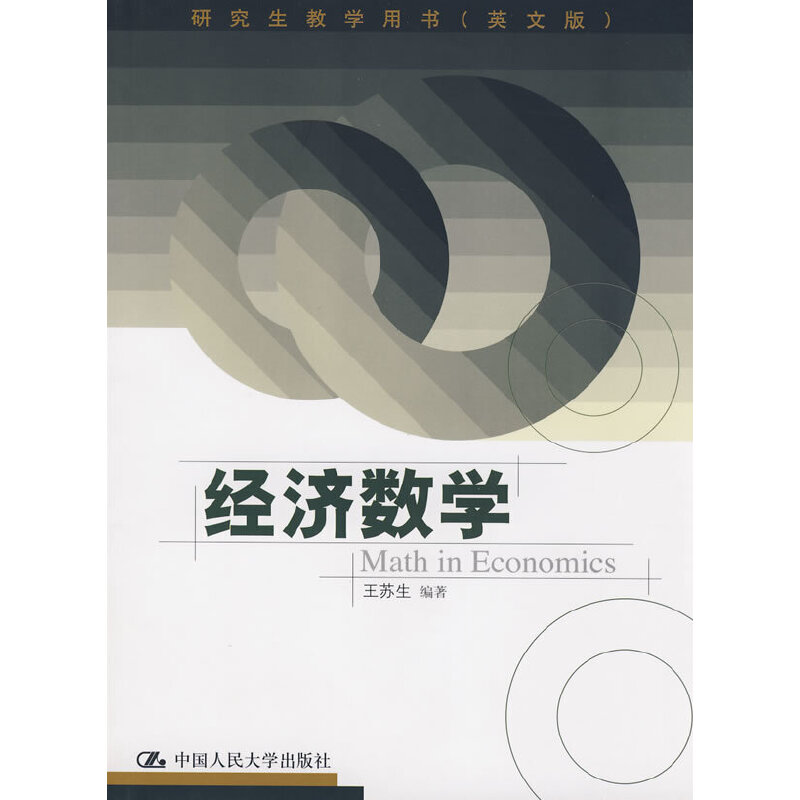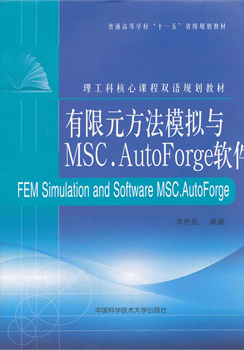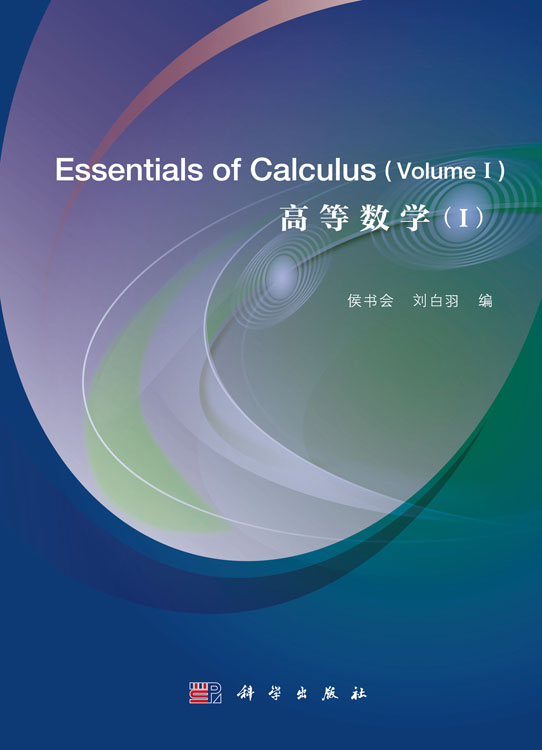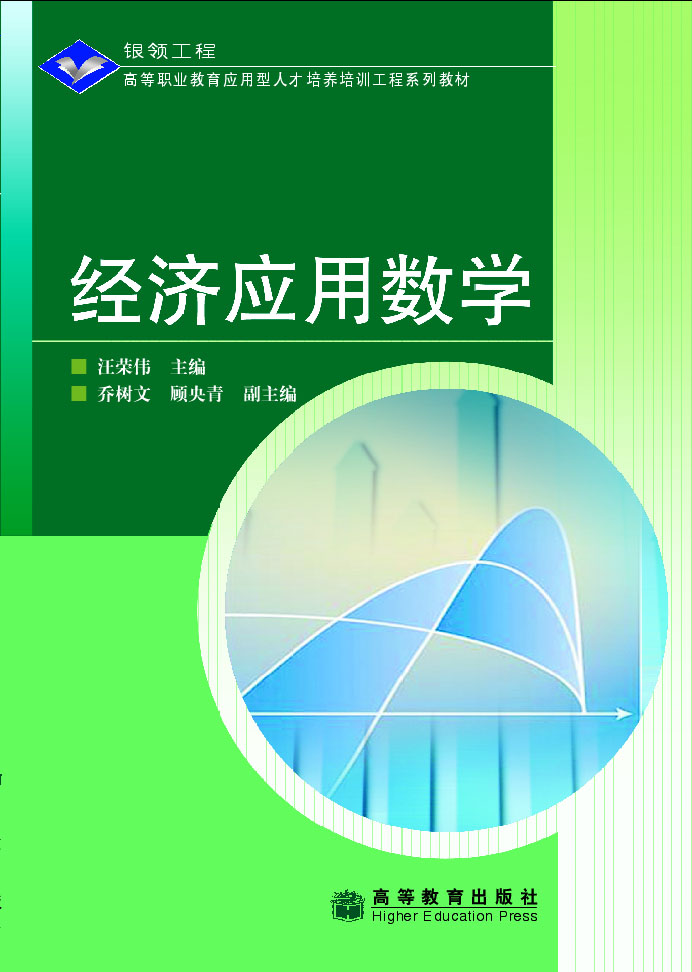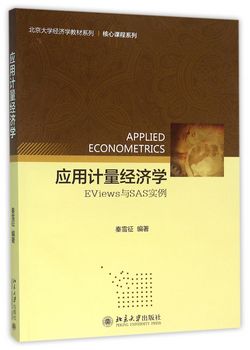Linear Algebra
作者: 郝志峰,谢国瑞等
出版时间:2009-05
出版社:高等教育出版社
- 高等教育出版社
- 9787040262698
- 1版
- 63691
- 48260632-4
- 平装
- 异16开
- 2009-05
- 310
- 250
- 理学
- 数学类
- O151.2
- 工学、理学
- 本科
本书是在教育部大力推进双语教学的大背景下推出的,结合当前开展线性代数课程双语教学的实际情况,以教育部数学与统计学教学指导委员会制定的本课程教学基本要求为依据,同时兼顾线性代数的研究生入学统一考试大纲要求,该书的中文版为同名作者编写的普通高等教育“十一五”国家级规划教材。与中文版一样,英文版教材突出现代代数学和离散数学的思想,着重讲解线性代数的基本概念、基本理论和基本方法,尤其注重体现线性代数在各个领域中的广泛应用,将大量的相关实例融合贯穿于理论、方法的讲解中,将经典和现代代数学的思想与离散数学的方法阐述得更为具体、实用。
本书内容包括线性代数方程组、矩阵、行列式、矩阵的秩和线性方程组的解、向量空间初步、矩阵的特征值问题和线性变换等共7章。全书取材的深广度合适,注重联系应用,强调数学建模的融入,符合大学本科教学对本门课程的教学要求与实际需要。本书的起点较低、知识系统、详略得当、举例丰富、讲解透彻、难度适宜、思路清晰、易教易学,有利于培养学生用线性代数的思维方法去分析问题、解决问题,并注意激发学生学习的兴趣和主动性。
英文版教材邀请了在美国任教的华裔学者共同编写、审定,在文字表述方面,英文语言简单易懂,写作风格简约,可供普通高等学校工科类、理科类(非数学专业)、经济管理类有关专业的线性代数课程双语教学使用。
前辅文
Chapter 1 System of Linear Equations and Elimination Method
1.1 Solving System of Linear Equations with Elimination Method
1.1.1 Linear System with Two Unknowns(1)
1.1.2 GaussJordan Elimination Method(4)
1.2 Applications
Practice1
Chapter 2 Matrices
2.1 Basic Concepts
2.1.1 Matrices
2.1.2 Special Matrices
2.1.3 Problems Related to Matrices
2.2 Basic Operations
2.2.1 Definitions
2.2.2 Rules of Operations
2.2.3 Applications
2.3 Matrix Inverses
2.3.1 Invertible Matrices
2.3.2 Orthogonal Matrices
2.4 Blocks and Submatrices
2.4.1 Block Operations
2.4.2 Column Blocks
2.4.3 Submatrices
2.5 Elementary Operations and Elementary Matrices
2.5.1 Definitions and Properties
2.5.2 Equivalent Normal Form for Matrices
2.5.3 Invertible Matrices Revisit
2.5.4 Unique solution for n×n linear systems
2.6 Applications(Input-output Analysis)
Practice2
Chapter 3 Determinants
3.1 Definitions and Properties of Determinants
3.1.1 Definitions
3.1.2 Properties
3.2 Evaluation of Determinants
3.3 Applications
3.3.1 Adjugate Matrices and Inverse Formula
3.3.2 Cramers Rule
3.3.3 Summary
Practice3
Chapter 4 Rank of a Matrix and Solutions for Linear Systems
4.1 Rank of a Matrix
4.1.1 Concepts
4.1.2 Computations
4.2 Solutions of Linear Systems
4.2.1 Homogeneous Systems
4.2.2 Non-homogeneous Systems
Practice 4
Chapter 5 Vector Spaces
5.1 Concepts
5.2 Linear Dependence and Linear Independence
5.2.1 Concepts
5.2.2 Properties
5.2.3 Rank of a Set of Vectors
5.2.4 Row and Column Ranks of a Matrix
5.3 Bases and Dimensions of Vector Spaces
5.3.1 Bases and Dimensions
5.3.2 Revisit Solutions for Linear Systems
5.4 Inner Products
5.4.1 Review
5.4.2 Inner Products and Orthogonal Matrices
5.4.3 Four Basic Subspaces
Practice 5
Chapter 6 Eigenvalues
6.1 Eigenvalues and Eigenvectors
6.2 Diagonalizations
6.2.1 Similar Matrices and Diagonal Forms
6.2.2 Applications
6.3 Real Symmetric Matrices and Quadratic Forms
6.3.1 Canonical Forms for Real Symmetric Matrices
6.3.2 Quadratic Forms(194) 6.3.3 Quadratic Expressions and Their Canonical Forms
6.4 Positive Definite Matrices and Classification of Quadratic Forms
6.4.1 Positive Definite Matrices
6.4.2 Optimization
6.4.3 Generalized Eigenvalue Problems
Practice 6
Chapter 7 Linear Transformations
7.1 Basic Concepts of Linear Transformations
7.1.1 Linear Transformations
7.1.2 Range and Kernel for a Linear Transformation
7.2 Linear Transformations and Matrices
7.2.1 Coordinate Vectors
7.2.2 The Matrix Representations for Linear Transformations
7.2.3 Engenvalues and Eigenvectors of a Linear Transformation
Practice 7
References

